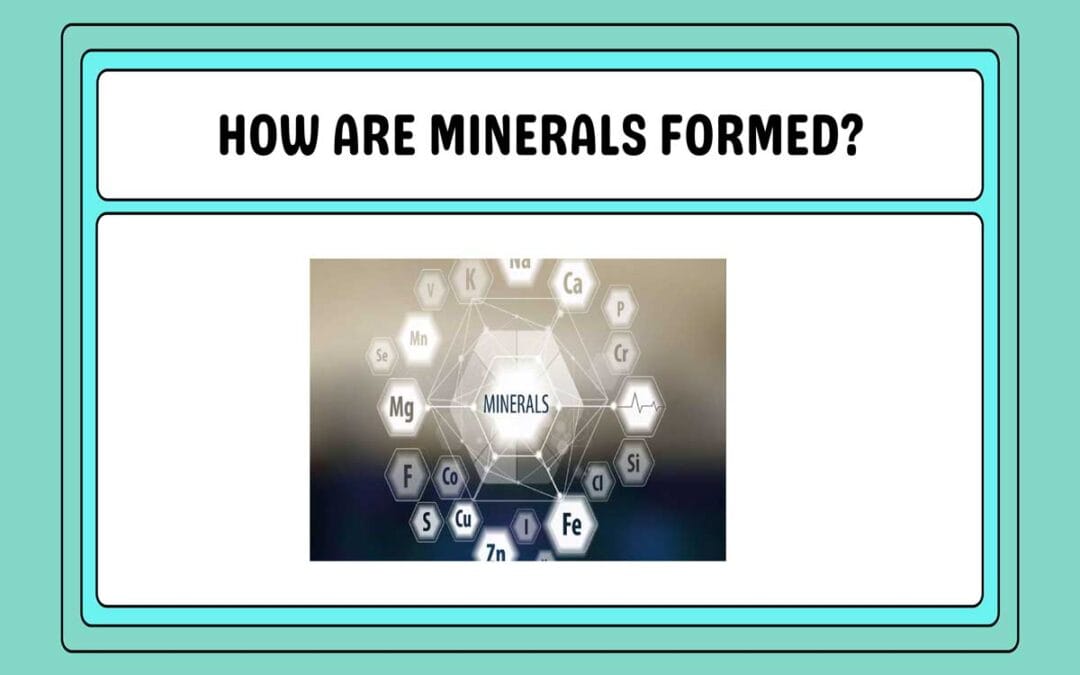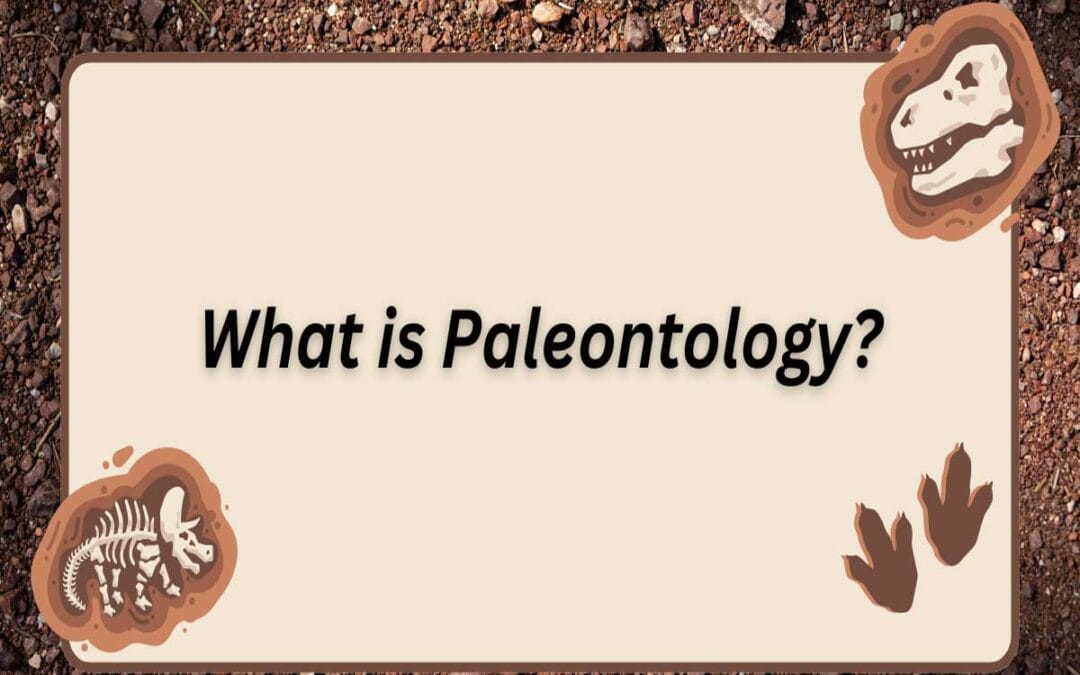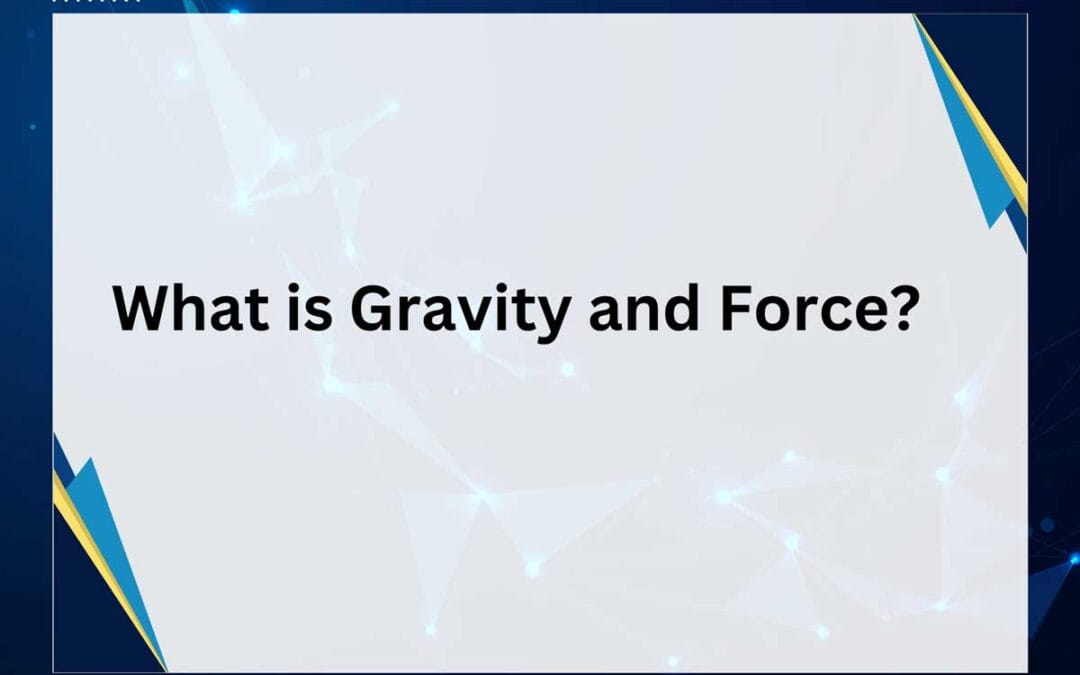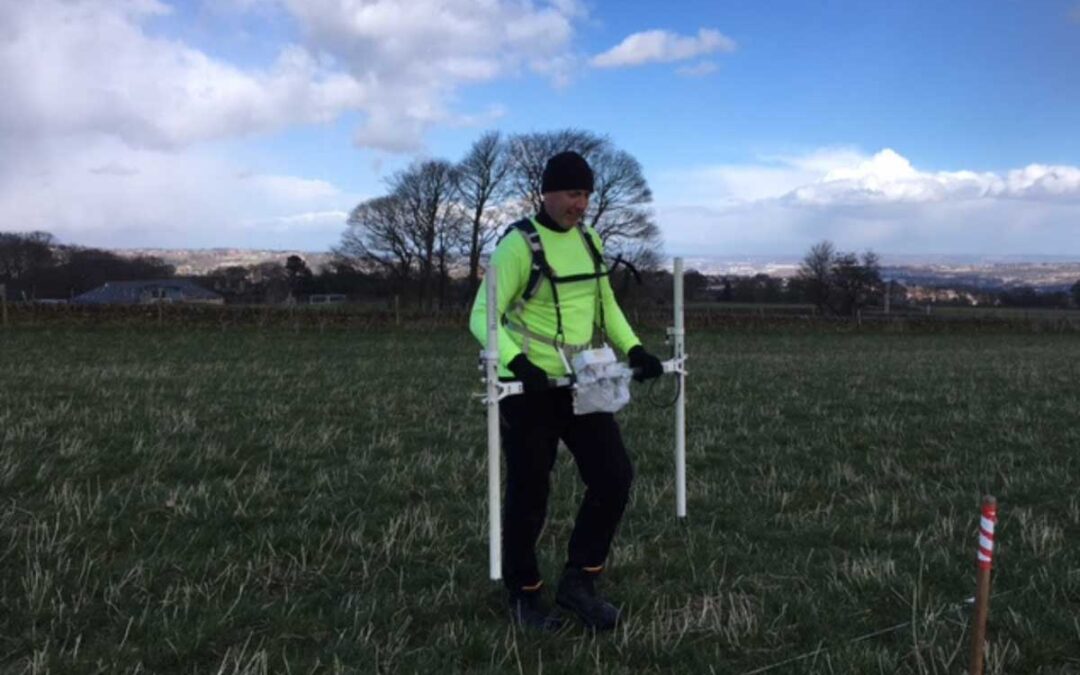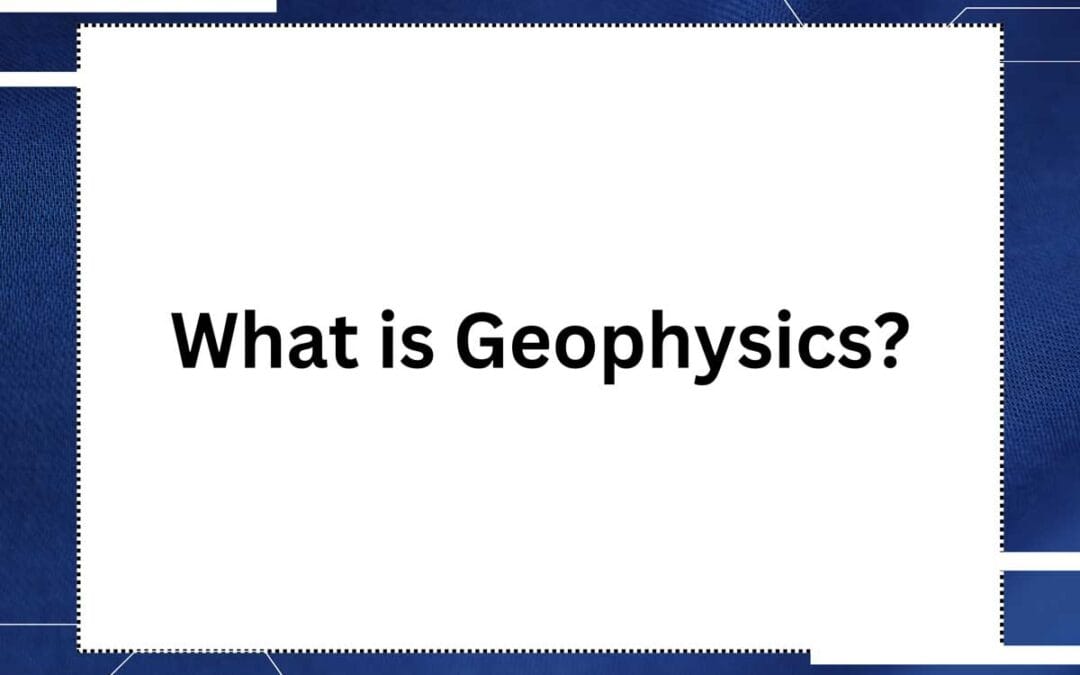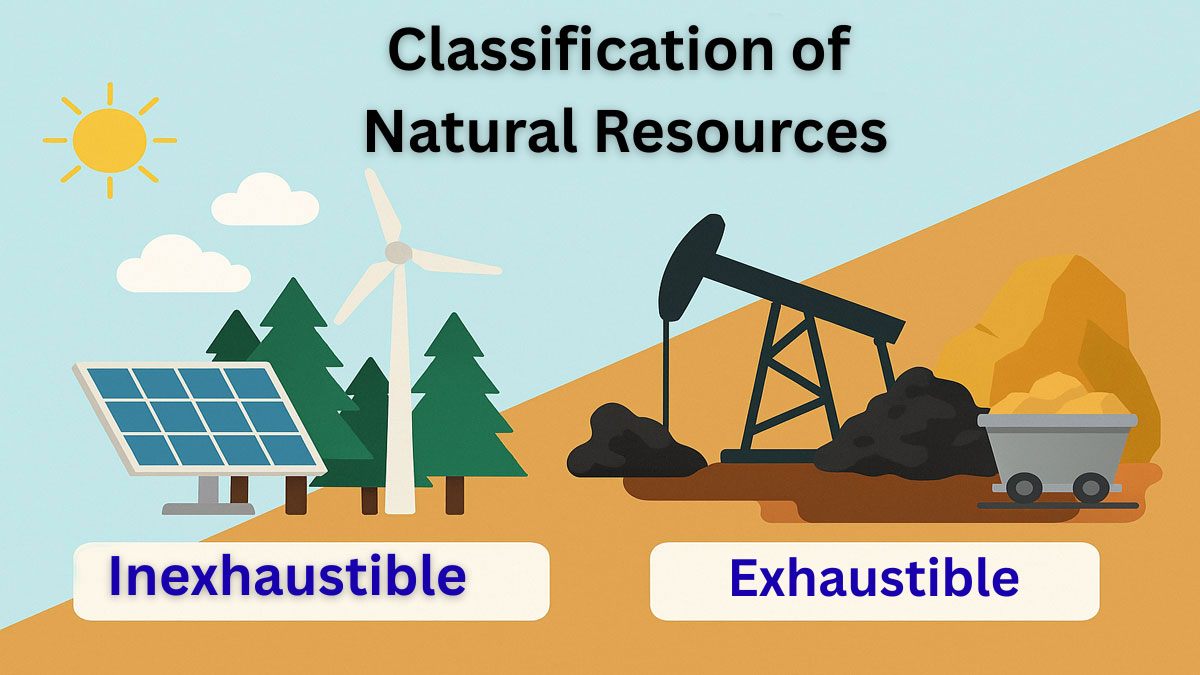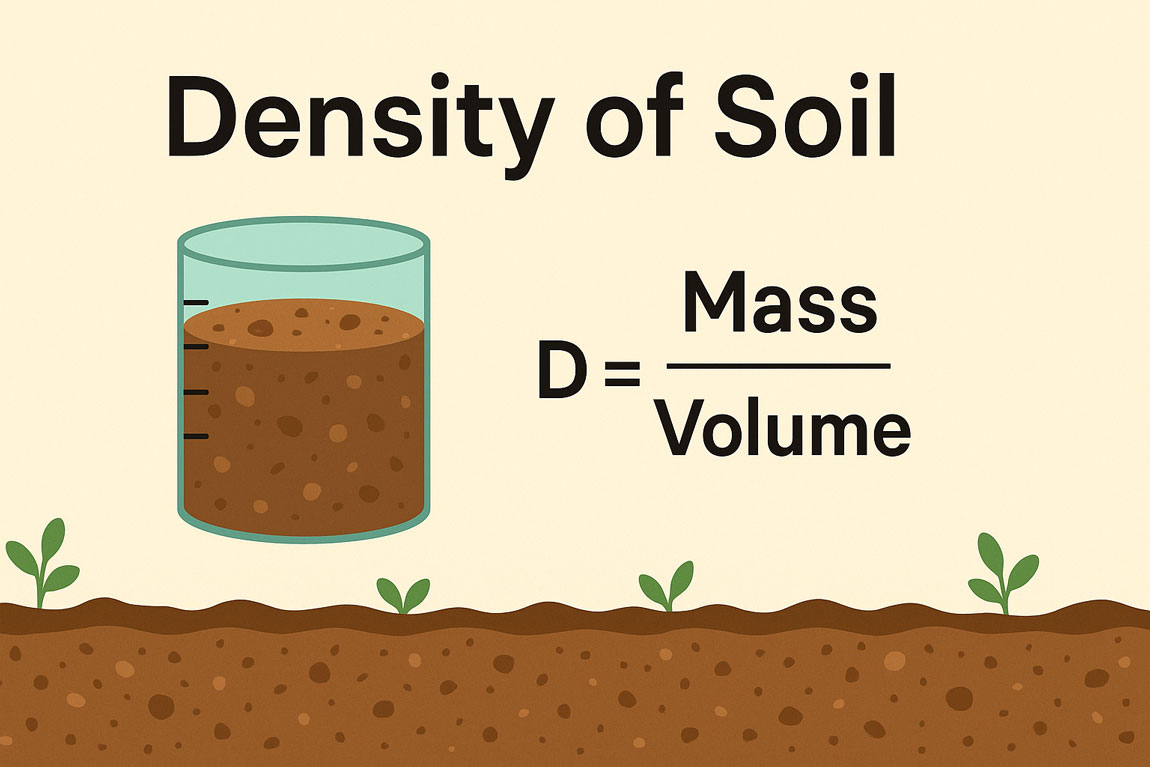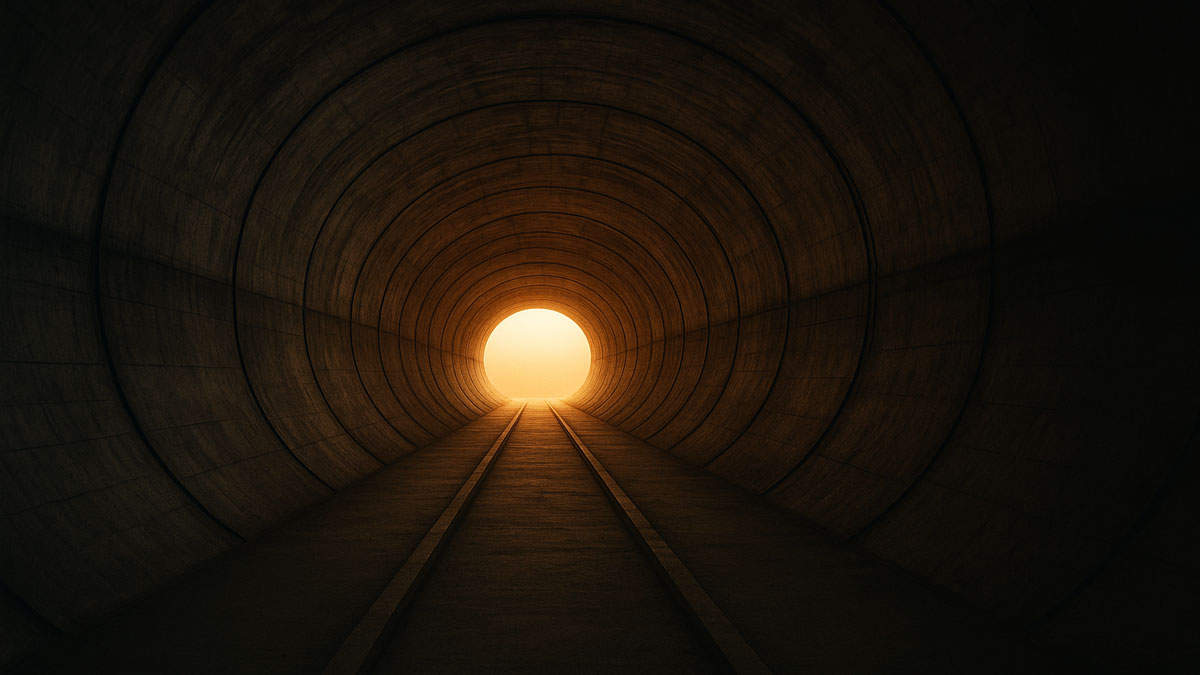
by Gelogia | Nov 16, 2024 | Structural Geology
The science of mineralogy is a branch of the earth sciences that studies minerals and their physical and chemical properties. Within mineralogy, some study how minerals are formed, where they are geographically located, and their potential uses. Mineral: A mineral is...

by Gelogia | Nov 14, 2024 | Structural Geology
Paleontology is the scientific study of fossils, more broadly, the study of prehistoric organisms. In fact, professional conferences and publications often fall into these categories. This post gives an idea of what paleontology is and why it is essential to...

by Gelogia | Nov 13, 2024 | Physical Geology & Geomorphology
Gravity and force are two powerful forces that shape the world as we know it. From holding us to the ground to keeping planets in orbit, gravity and force are fundamental to our universe’s natural laws. What is Gravity? Gravitation refers to the attractive force...

by Gelogia | Nov 10, 2024 | Physical Geology & Geomorphology
A geophysical survey is the systematic collection of geophysical data for spatial studies. Detection and analysis of geophysical signals form the core of geophysical signal processing. The geophysical survey uses various sensing instruments, and data may be collected...

by Gelogia | Nov 9, 2024 | Physical Geology & Geomorphology
Geophysics is the study of the physical properties and processes of the Earth and its surrounding environment using physics, earth science, and technology. Understanding “what geophysics is” gives helpful insight into anything from natural resources to...
